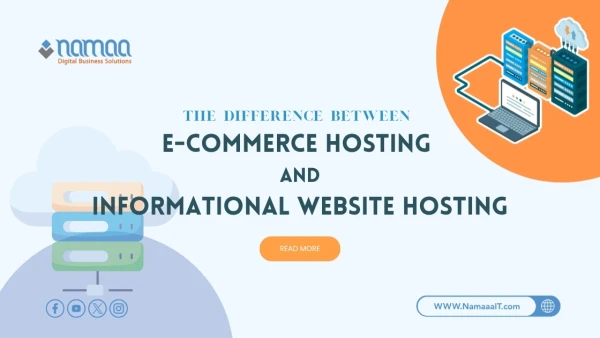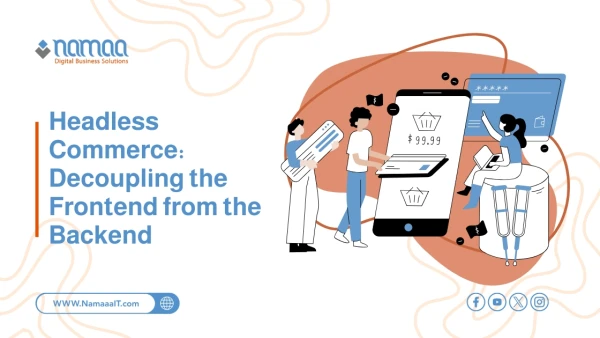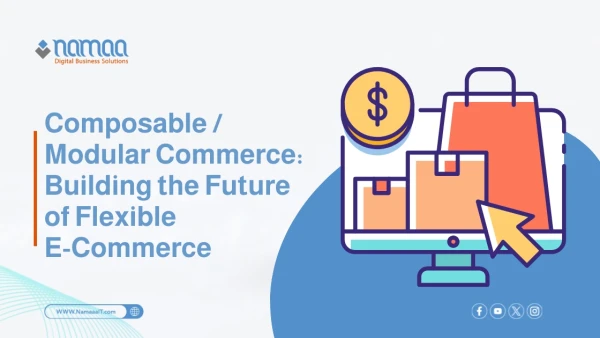Finally, your dream has come true! The development phase of your online store is complete, and you're just a few steps away from the official launch. But amid all the excitement, there are hidden risks that could turn your much-anticipated debut into a series of operational disasters. So, have you ensured that everything is functioning efficiently? In this guide, we’ll walk you through the final checklist you must follow before hitting the “Publish” button — to ensure system integration, performance efficiency, and team readiness — so you can avoid post-launch failures and begin your journey toward success.
The Importance of Reviewing Your Store Before the Official Launch
Reviewing your online store before the official launch is a crucial step to ensure the success of your project and to avoid potential issues down the line. This review helps uncover technical errors — like payment failures or broken pages — before customers encounter them.
It also allows you to verify the quality of the user experience, ease of navigation, and site loading speed, all of which boost customer confidence and increase the likelihood of completed purchases. Additionally, this process ensures the proper configuration of security settings and the protection of customer data, while also confirming that the site is compatible with various devices and browsers.
This step helps you reduce risks and guarantees a strong and professional launch.
Your Final Pre-Launch Checklist for Your Online Store
One critical phase separates early success from operational chaos. Rushing through this moment and skipping thorough testing is a recipe for post-launch disasters that could cost you customers and credibility. This guide is your final checklist — together, we’ll ensure system integrations are intact, performance is smooth, and your team is ready — so you can launch with confidence and avoid any nasty surprises.
1. Invisible Foundations: Verify Critical System Integrations
Payment gateways & shipping: Run live test transactions with various cards and locations. Ensure orders are processed, charged correctly, notifications are sent, and shipping labels are auto-generated.
Marketing & analytics tools: Install Google Tag Manager, track events via Meta Pixel (e.g. product views, add-to-cart, purchase), and configure Google Analytics 4 to capture accurate user behavior and campaign ROI.
2. First Impressions: Performance & UX Testing
Use tools like Google PageSpeed Insights to analyze your site’s speed on desktop and mobile. Compress images and minimize HTTP requests—every extra second can reduce conversion rates.
Manually walk through the entire shopping journey—from homepage, search, filtering, product page, adding to cart, checkout, to the “Thank You” page—checking clarity, usability, and ease of use on mobile.
3. The Human Element: Team Readiness & Operational Workflow
Dashboard training: Ensure your operations team can update inventory, fulfill orders, issue refunds, and respond to inquiries through your back-end system.
Full order simulation: Run a test order from placement to shipping label creation and customer notification to uncover any process gaps before real orders arrive.
4. Final Touches & Post-Launch Monitoring
Content & security audit: Check for typos, broken links, image issues, ensure SSL is active, and the padlock icon appears—critical for customer trust.
Monitoring plan: Use analytics to track traffic and conversion rates. Gather early feedback to make rapid adjustments during the crucial launch weeks.
FAQ
- Do I need Privacy Policy, Terms & Conditions, and Return Policy before launch?
Absolutely—they build legal protection and consumer trust. - How do I handle taxes (e.g. VAT)?
Consult a tax specialist, set up auto-tax rules in your e-commerce platform, and clearly indicate whether prices are tax-inclusive. - Should I launch with all products at once?
Not necessarily. A soft launch with top products helps you test operations and generate anticipation for future drops. - How can I prepare for SEO?
Create unique title tags and meta descriptions, use short SEO-friendly URLs, submit a sitemap to Google Search Console, and include alt text for all images. - Should I link social media before launch?
Yes—active profiles build trust, enable social shopping, and provide social proof to boost conversions.
Summary
Systems: A failed payment or shipping setup can cost you over 20% of sales.
Speed: Every extra second in page load can reduce conversions by ~7%.
Team readiness: 86% of customers are willing to pay more for an excellent experience.
SEO: Launching without optimization may forfeit more than 50% of organic traffic.
Trust & Legal: 85% avoid sites without SSL and clear return policies.

.webp)







